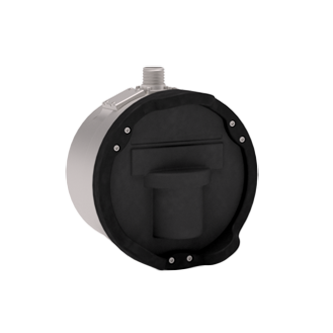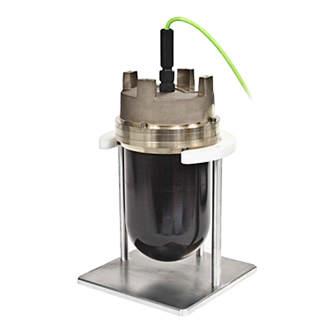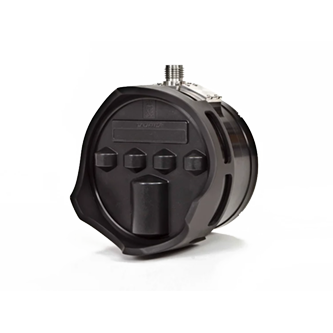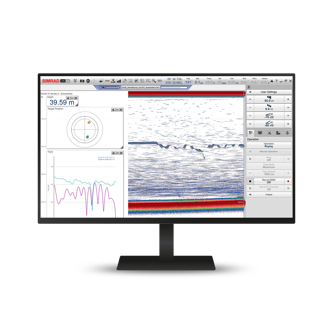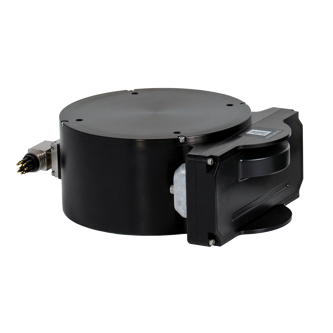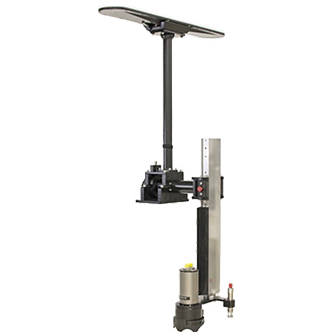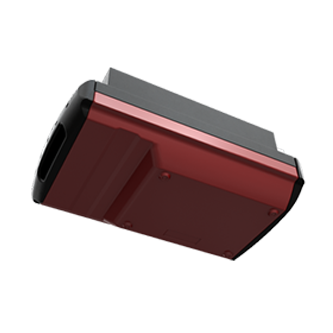
Dams
Dams play a vital role in our societies and daily lives. They serve multiple purposes, such as storing water for homes, industries, and farms. They also help with controlling floods, preserving fish habitats, and generating renewable hydroelectric power.
Dams are vital for our economy and well-being, but they are also susceptible to damage and failure. Inspecting and maintaining dams is a challenge, particularly because the submerged portions are hard to examine.
Morover, changing weather patterns, from droughts to atmospheric rivers, present additional challenges. Silt management and avoiding dead-pool conditions in river systems are major concerns.
Learn more about our solutions?
Need help deciding on what type of equipment you need? Interested in learning more? Don't worry, get in touch and our experts will help you.
We offer comprehensive after-sales assistance
-
24/7 Technical support
Our Technical Support team is readily available to provide global 24/7 support and can respond to resolve any issues at any time, wherever you are located in the world.
-
Training
We can provide detailed training on the use of our products to ensure your crew is equipped with the necessary operational competence to minimise technical risk and maximise return on your asset investment.

